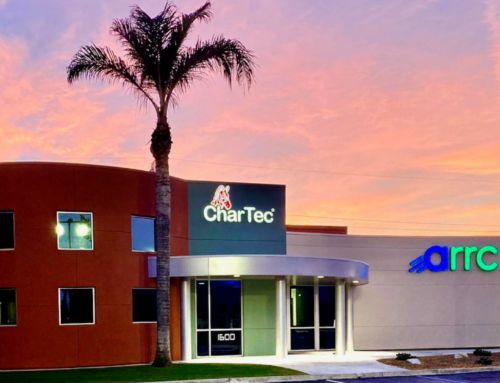All businesses face operational challenges, and for many MSPs, the top concerns are constantly evolving. As the New Year begins, we are taking a look at the top five operational challenges MSPs are dealing with today, according to Dan Martin, director of operations at ARRC Technology and CharTec.
1. Change
Sometimes the only consistent thing in an organization is change. This factor can frustrate management and employees, but we must adapt to our constantly changing environment to be successful.
One of the best ways to deal with change is having a process to deal with it. There are many tried-and-true processes for tackling change in small businesses, but perhaps more important than the approach is having a written process that includes all the steps needed to implement changes.
A good plan for change will include activities, milestones, and all the deliverables involved in implementing the desired change. You will also need to communicate the value of these changes to ensure your stakeholders understand the need for change.
2. Profit Margins
A major operational challenge for many MSPs is ensuring good profit margins. Techs are often very interested in getting the latest tools, but it is crucial to take some time to think about how the value these tools will impact profits.
When considering new tools, use an evaluation process. Will it make or save you money? Does it fit into your stack? Does it work with other tools you use, like ConnectWise? Is it something your customers will buy? Can your staff support it? Do you have the proper infrastructure? Do your salespeople know how to sell it?
You should know your profit margins for everything you sell. For example, if you have multiple agreement types available, you need to know your profit margin for each one. You should also know your actual profit per customer and your profitability percentages. Who is your biggest customer, and what percentage of your revenue are they responsible for?
It’s crucial to know not just figures but percentages of revenue. Sometimes, it may be the case that your biggest customer is the one with your lowest labor-loaded gross margin percentage. Yet they may be your least profitable customer. This could mean that, for example, it is not worth letting them get away with demanding more than other customers just because they pay you a lot of money.
3. Shifting Needs of Clients
You may believe that if you bend over backwards for your customers and treat them well, they’ll stick around forever, but life happens, and preferences change. They may confront you with a broad range of shifting needs, such as operating system expirations or the need to downsize.
Sometimes changes can be hard to predict. For example, with the COVID pandemic, we started seeing more remote work problems. People were using VPNs whole working from home, and some of these temporary solutions became permanent.
Obtaining parts can occasionally be extremely frustrating, with long waits beyond your control. This delay can lead to unhappy clients.
Be sure to set expectations carefully with clients at the beginning of the relationship. Don’t act like everything will be perfect and there will be no problems if they work with you. Let them know there will be bumps in the road, but you’ll do your best to stay ahead of them. They need to understand that things almost always change, and both you and they will need to change along with them.
4. Attracting Skilled Talent in a Shifting Job Market
MSPs face growing pressure in today’s job market to secure and retain top talent due to shifting work preferences. Many roles central to managed service delivery—like Level 1 field technicians—remain location-dependent even as remote flexibility has become an expectation across industries. This creates hiring friction.
Virtual environments can hinder the bonds between employees that build your company’s culture. Remote workers may lack connections that discourage job-hopping, making retention difficult despite strong compensation packages.
In-office staff witnessing the increased bargaining power of candidates in the hot job market are also more inclined to demand raises or improved benefits just to feel valued. This pressure usually means more impact on your budget.
The situation leaves MSPs in a bind—balancing investments to attract talent with profitability concerns while preventing resentment from current teams. Companies that recognize this dilemma early can tailor hiring strategies and foster internal understanding.
The challenges are many, but solutions exist. Assessing location flexibility, projecting salary trajectories, and spotlighting unique cultural strengths can transform hiring and unify teams. Committing to candid discussions and creative problem-solving will help MSPs navigate new workplace dynamics.
5. IT Security
With the advancement of technology in recent years, cybersecurity is becoming increasingly challenging. Although MSPs are getting stronger and using weapons like AI, so are hackers. Also, the tendency is to think about the tools you need for security, but it’s equally important not to overlook the human aspect. Keep in mind that IT security is a process, not a product.
As an MSP, recognize that you could be a major security risk for your customers, so consider who has access to which data and how you manage passwords. Make sure everyone has only the access they need to limit risks. As an expert in the cybersecurity field, it is up to you to set the expectations and outcomes of your client’s data security. Offering a stout data backup solution is a key element to keeping your client safe.
Operating an MSP, like any other business, will have its challenges, but being aware of these challenges and planning how you will tackle them can eliminate many of these worries. CharTec’s Academy covers these and many other Operational challenges MSPs deal with every day. Register today to attend our upcoming Academy, and start your year out right!






Leave A Comment